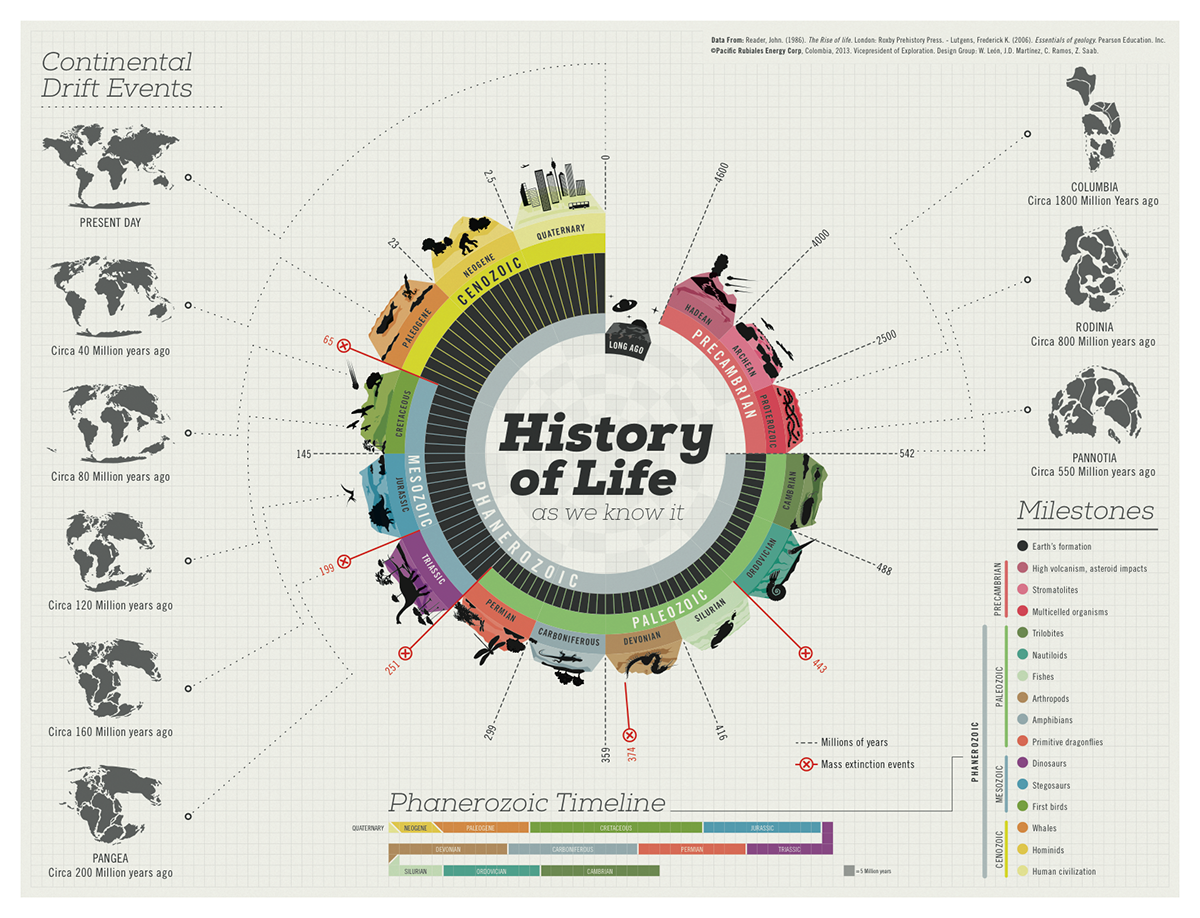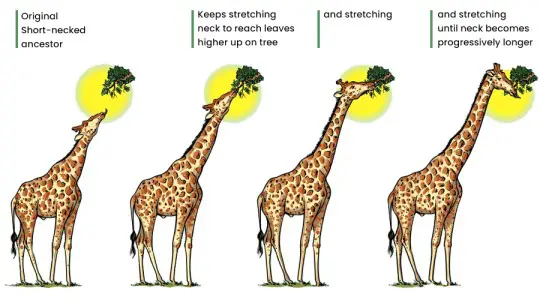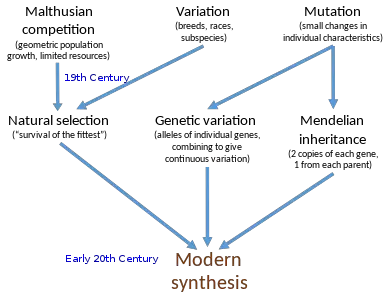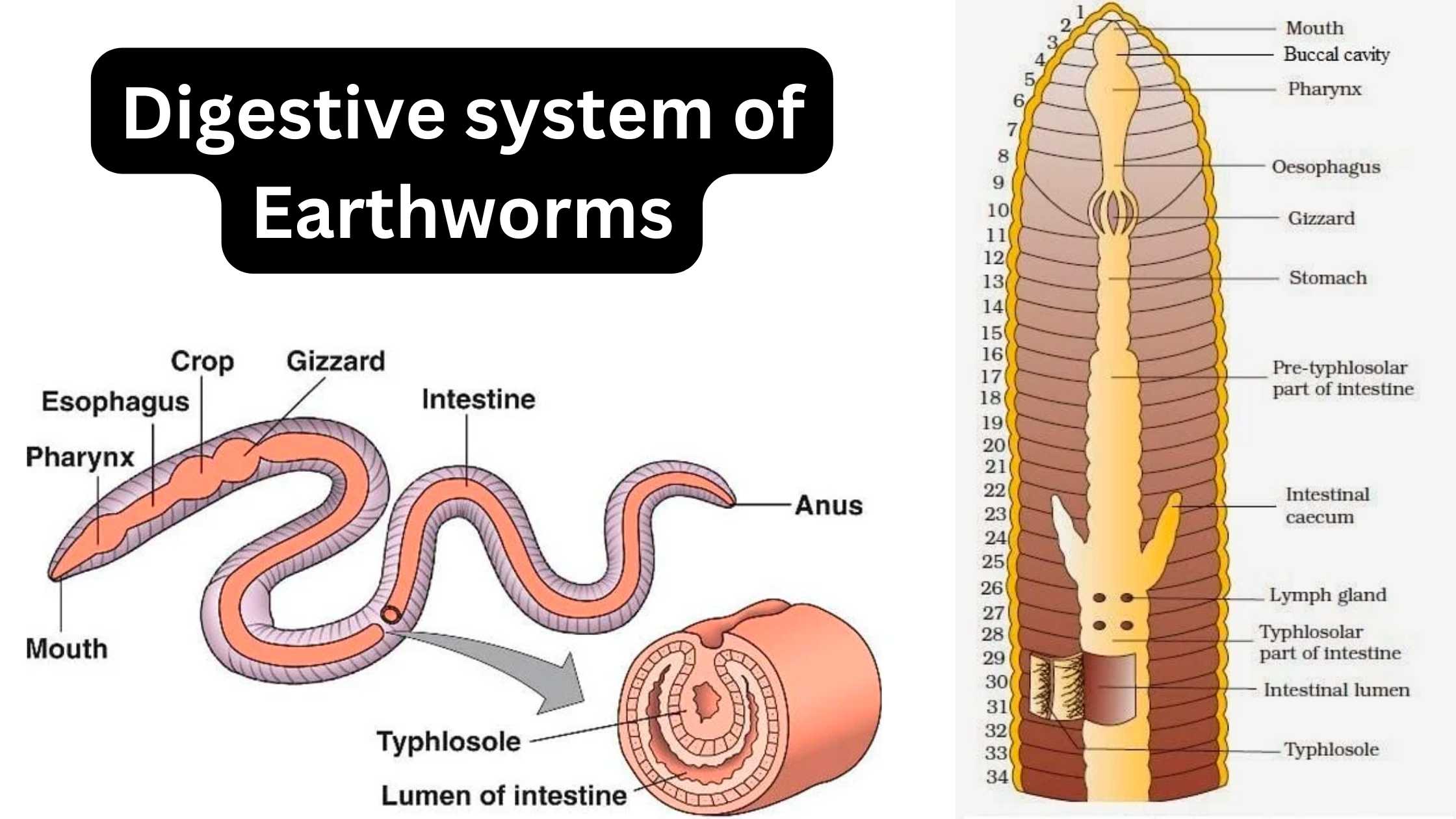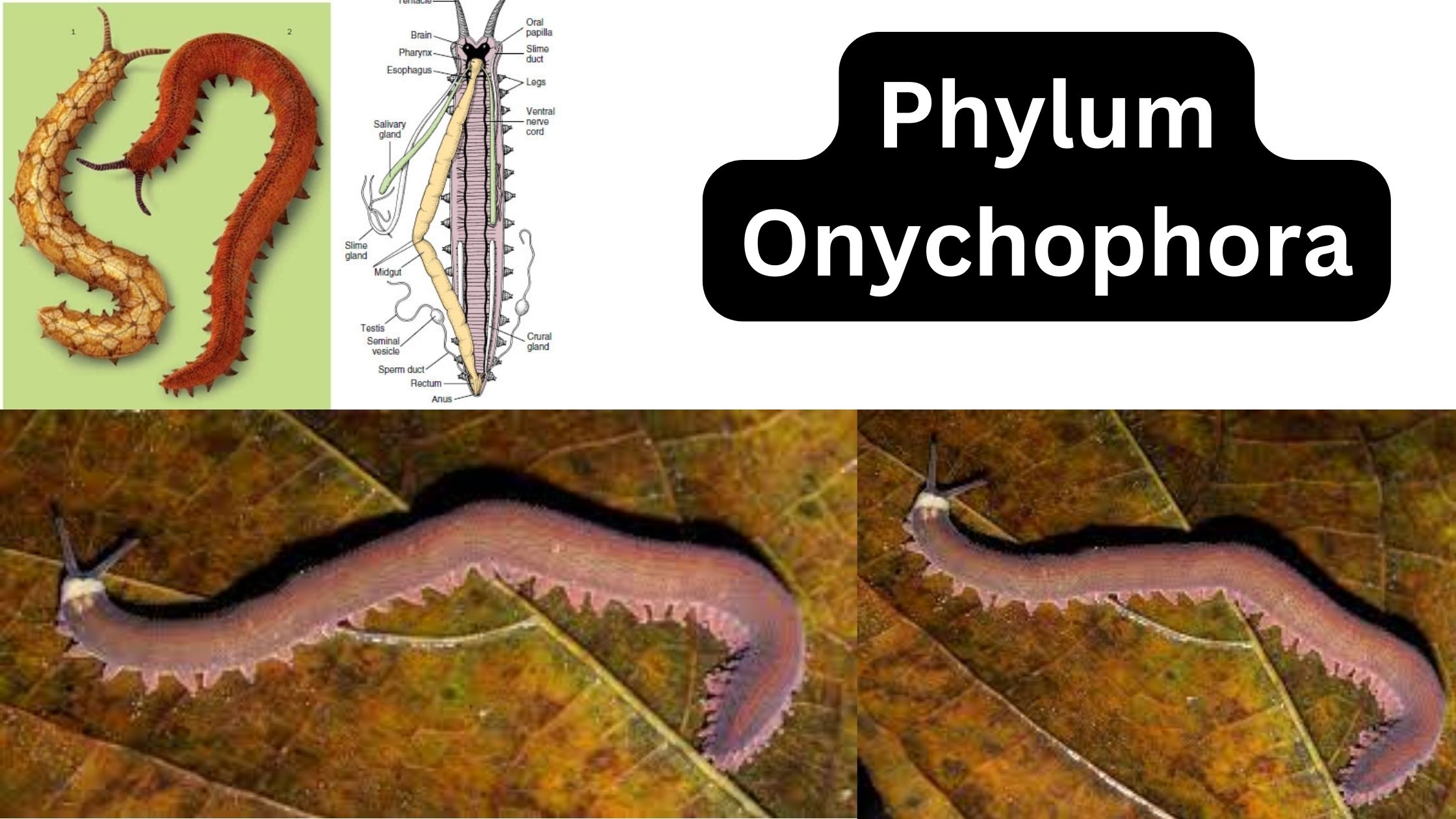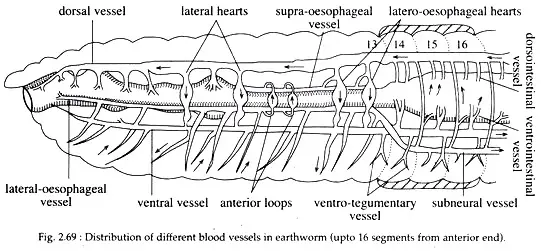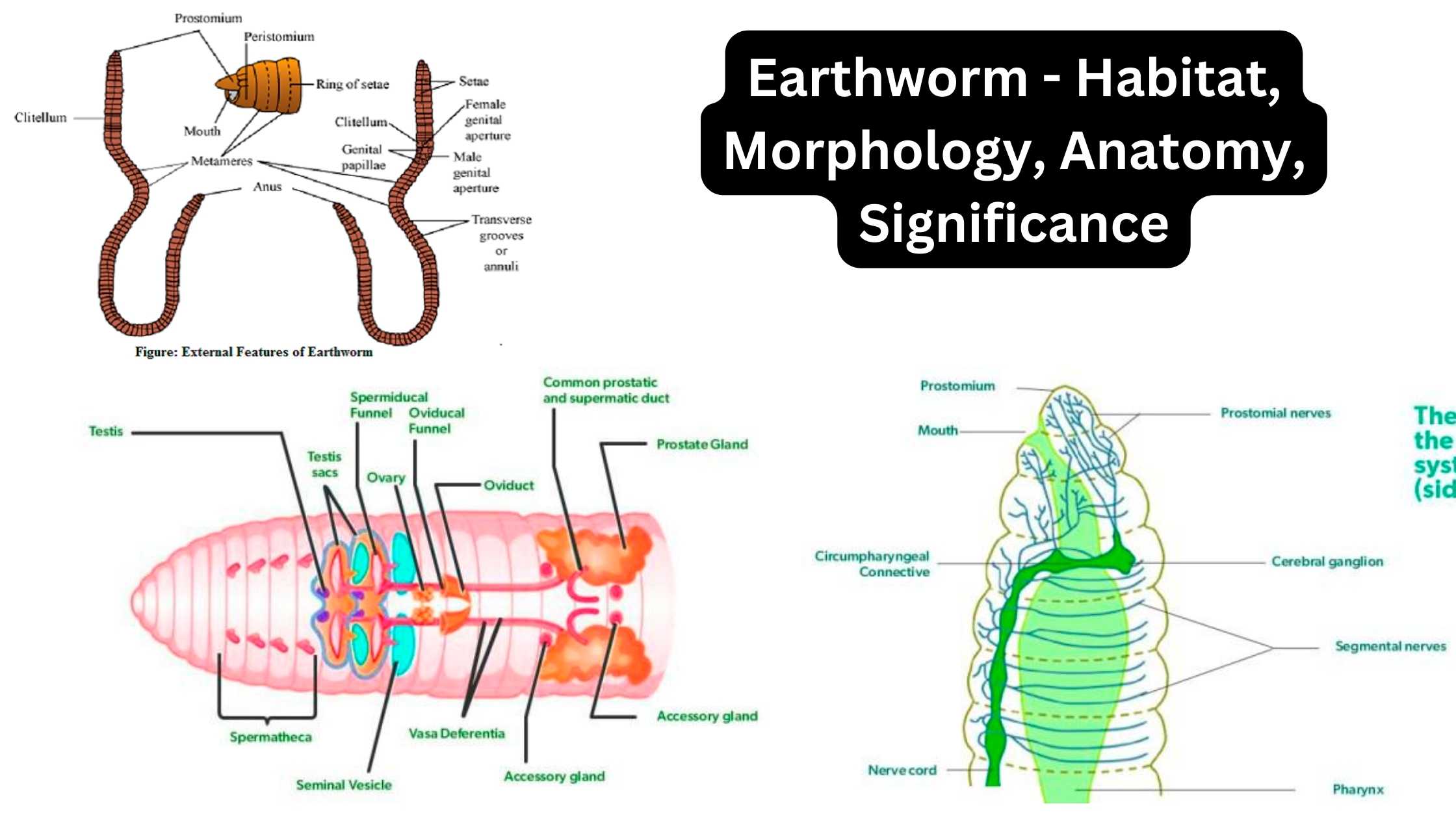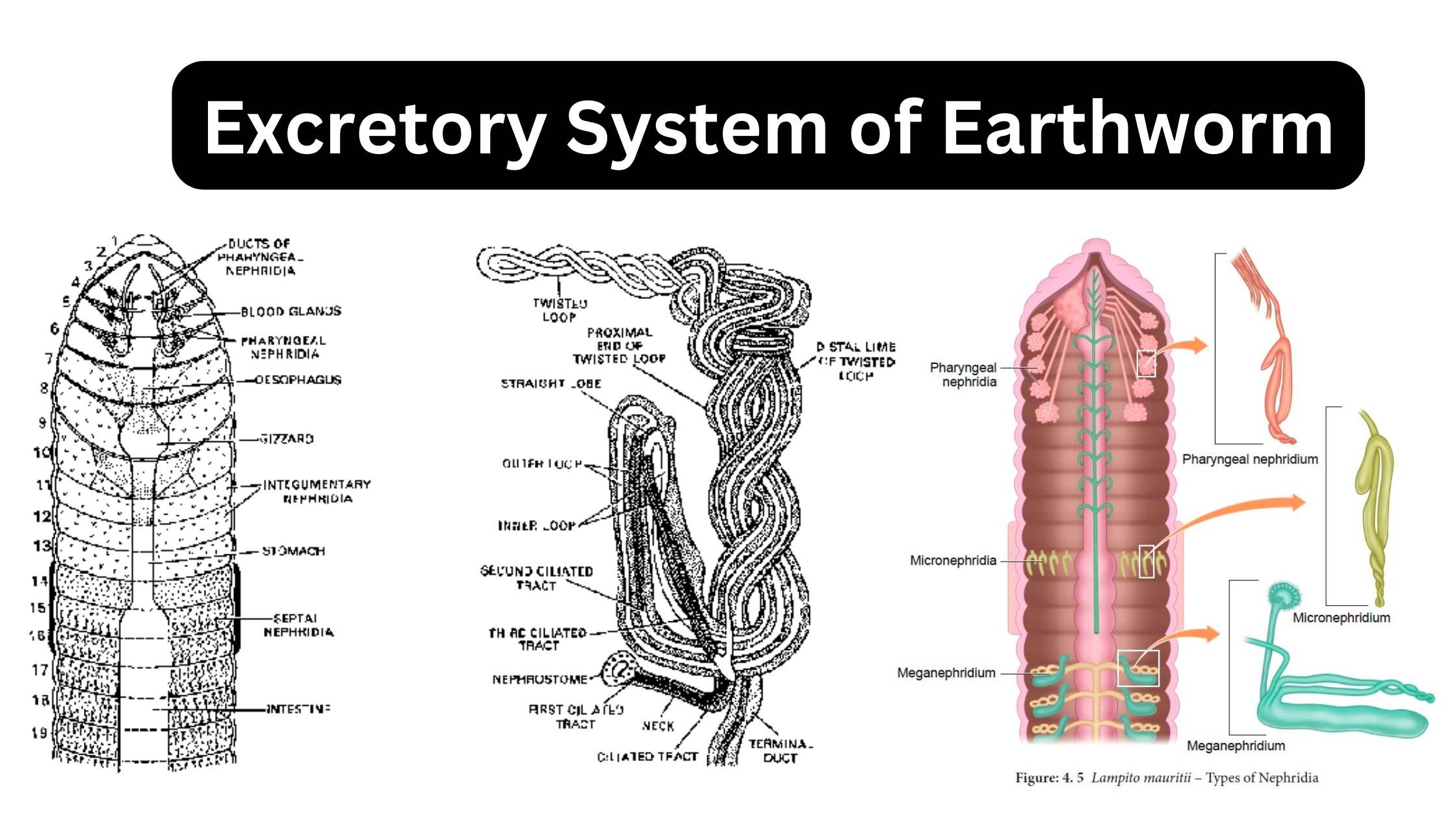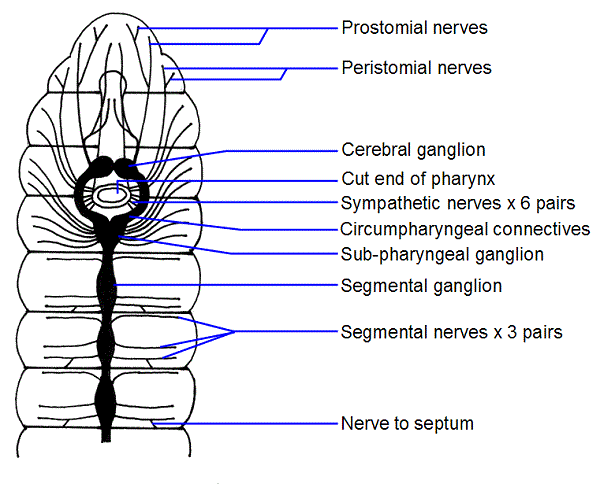History of Life – Overview, Chemogeny, Biogeny, RNA World, Major Events in History of Life
Historical Overview Throughout human history, the origin of life has captivated our curiosity and inspired various creation myths involving supernatural forces. However, ancient Greek thinkers were the first to approach the topic from a scientific standpoint, proposing the concept of spontaneous generation as a mechanism for complex organic forms to arise from simpler inorganic matter. … Read more
